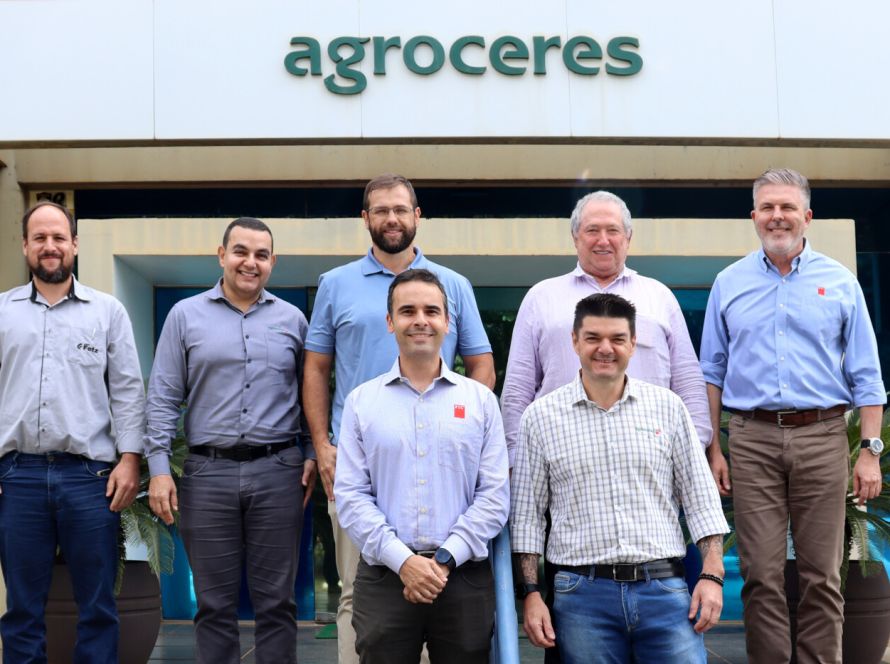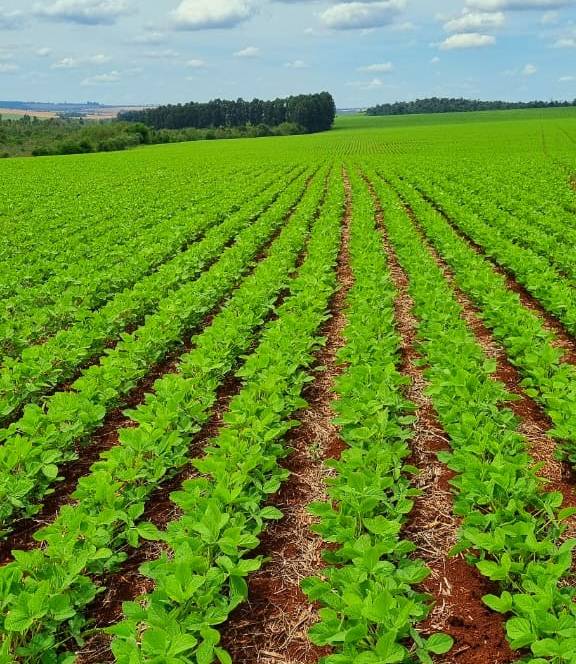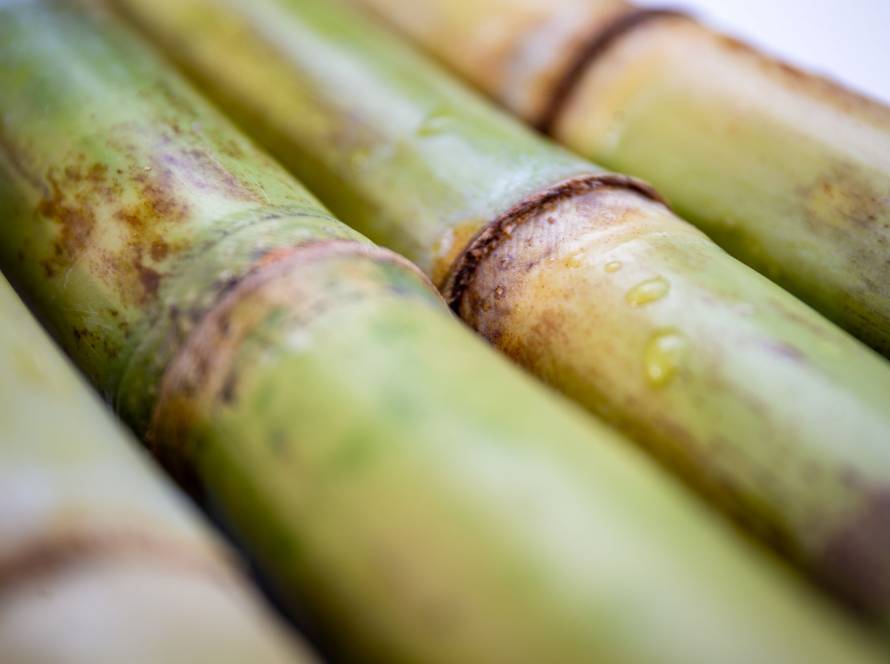Corn production in Goiás is showing its strength in 2025. Goiás, the third-largest producer of the grain in Brazil, behind only Mato Grosso and Paraná, is expected to reach record productivity this year. According to recent projections from Conab, total grain production in the state is expected to exceed 33.7 million tons—with second-crop corn, the popular safrinha, driving this growth.
"Corn isn't just a crop; it connects agriculture, livestock, and agribusiness, generating income and boosting the local economy. Goiás is an example of how investment in technology can transform the countryside into a hub of efficiency," says Marcos Boel, Seed Supervisor at Conceito Agrícola.
The Goiás second crop ensures better use of agricultural resources, allowing producers to harvest a second crop as productive as soybeans, thanks to the technological package applied to the crops. And that's not all: corn supplies farms, feedlots, and cooperatives, in addition to gaining ground as a raw material for biofuels such as corn ethanol.
"Investing in biotechnology and genetic improvement isn't a differentiator; it's a requirement for productivity. Modern seeds offer pest resistance and high production potential, but without careful phytosanitary management, this performance doesn't translate into results in the field," Boel emphasizes.
Innovation in seeds and phytosanitary protection as a differentiator
Advances aren't limited to genetics. The use of new molecules and fungicide and insecticide formulations—especially in combating the corn leafhopper, one of the main threats of recent harvests—is enabling farmers to better protect their crops' potential. "The seed sector has been a leading player in innovation, but none of this works in isolation. Success comes when genetics, biotechnology, and management are aligned in the field," reinforces the expert.
The global context, however, presents challenges. Recent data from Grão Direto, a digital grain trading platform, indicate that Brazilian corn exports fell 80% in July, reflecting reduced international competitiveness after historic records in 2023. Even so, Goiás maintains advantages: in addition to its high technological level, the state occupies a strategic logistical position, with easy access to ports and foreign markets.
"This interaction between local production and domestic agribusiness — pork, poultry, ethanol, feed — generates value and reduces costs, making Goiás corn competitive not only within Brazil, but also in the international market when the global scenario is favorable," highlights the Conceito Agrícola supervisor.
The message for rural producers, especially in the midst of the July harvest, is straightforward: investing in technology is not optional. "It's what ensures productivity even in years of tight prices, reducing risks and maintaining profitability. Goiás, with its combination of favorable climate, investment in innovation, and infrastructure, reinforces its role as one of the driving forces of Brazilian agriculture—and corn, without a doubt, is at the center of this process," concludes Boel.





